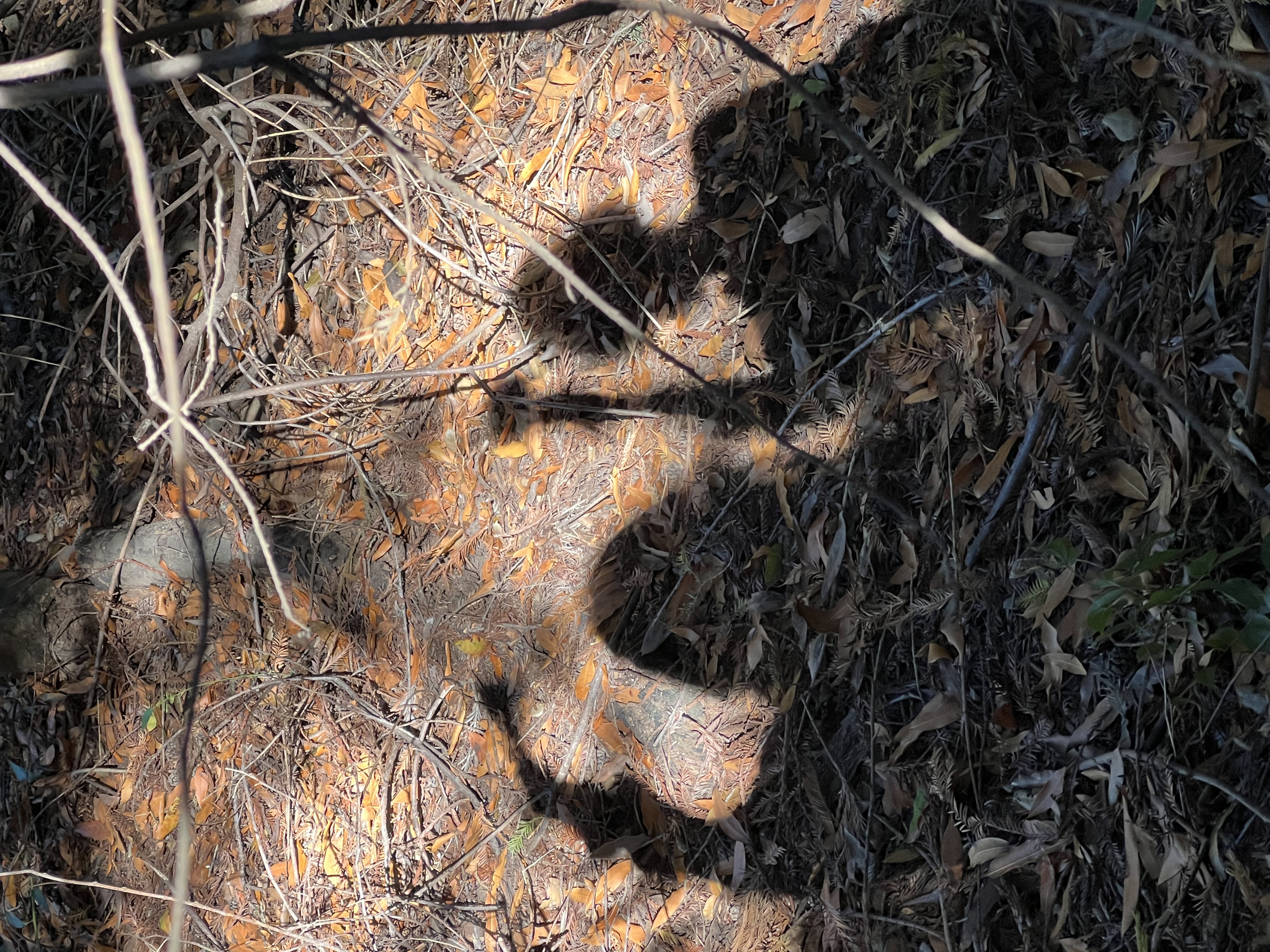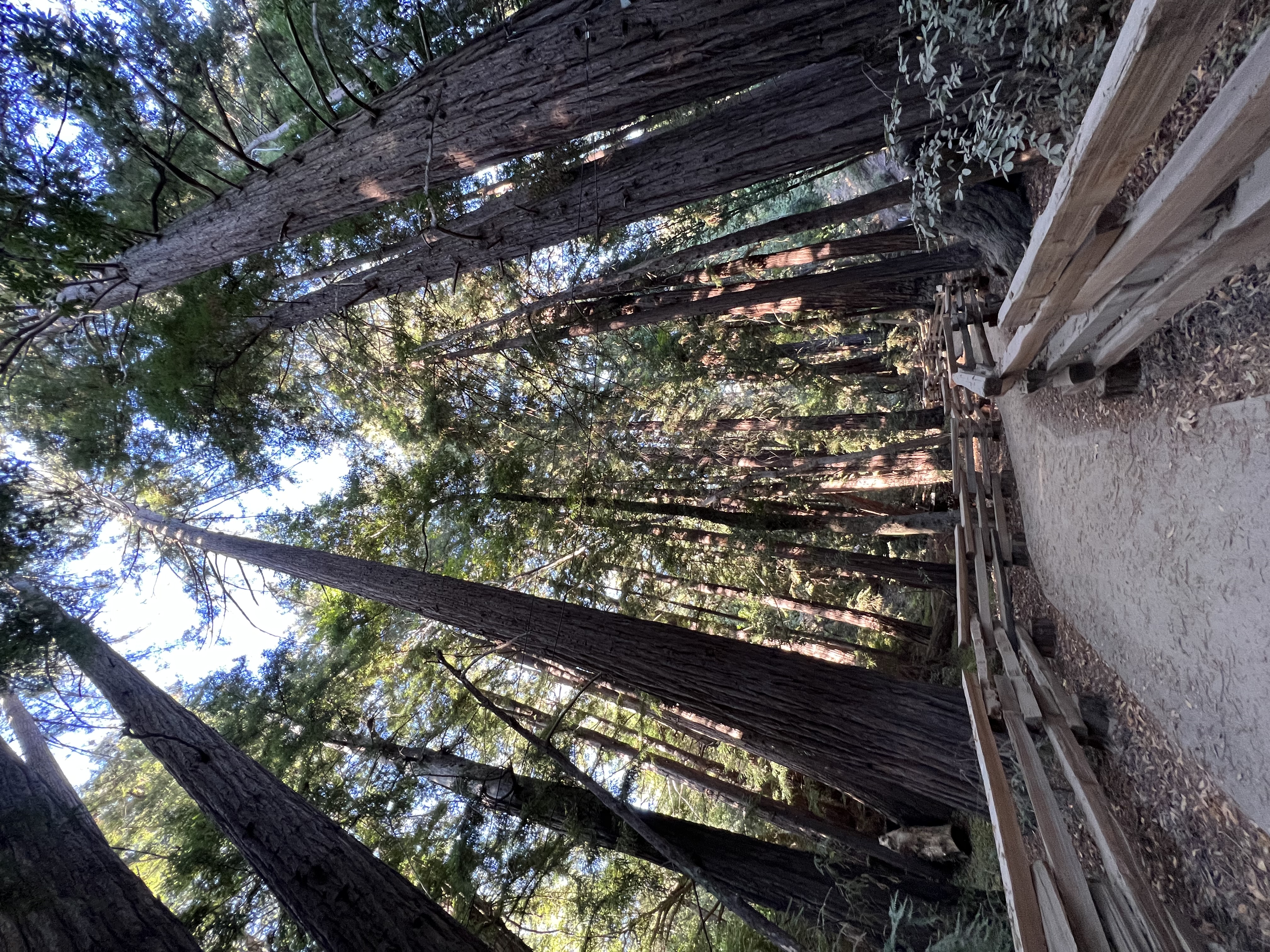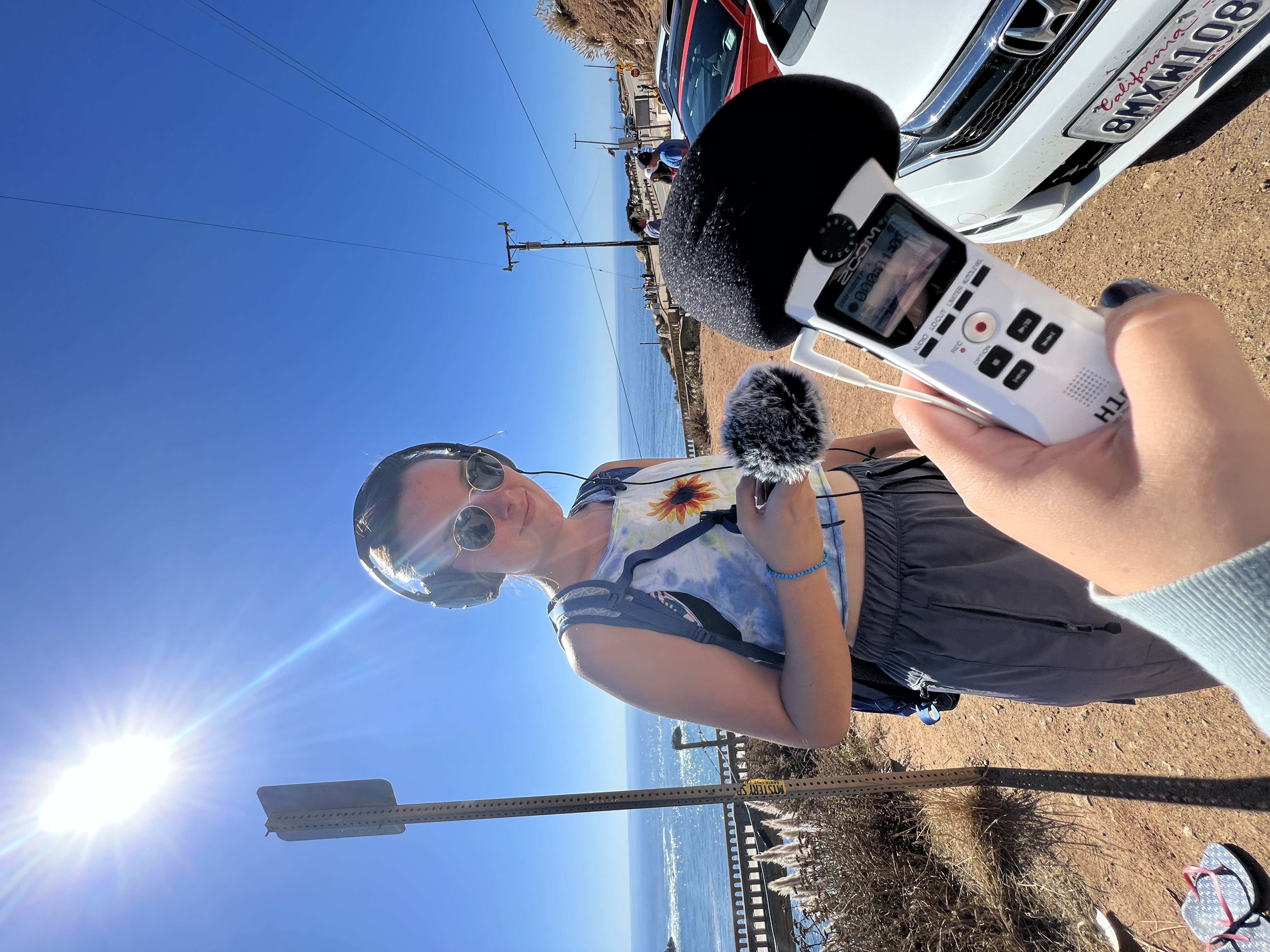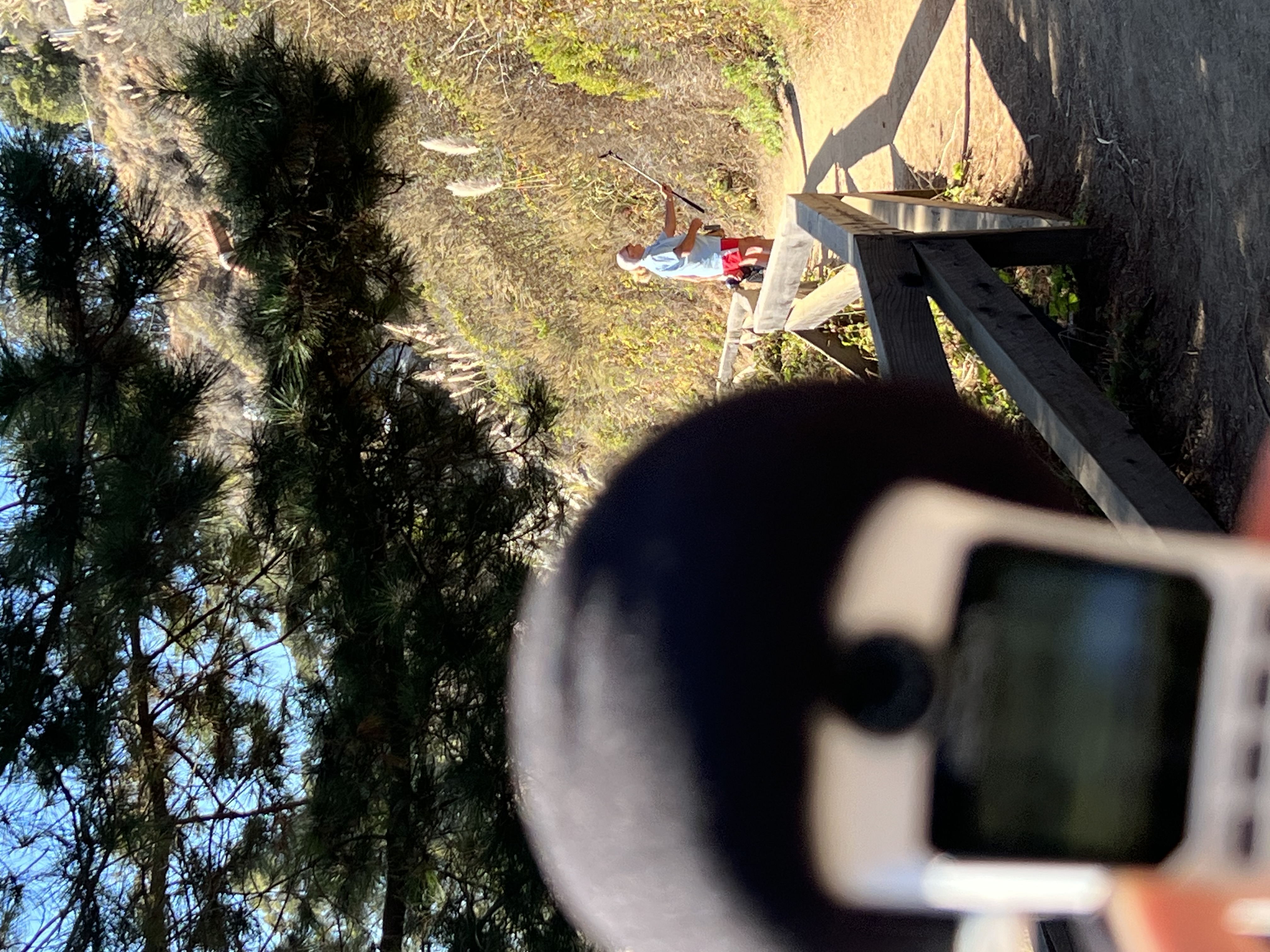Listening to Big Sur: Shadow Bark
Streaming Now!

About the Song
In this project, we sonically explore our encounters with plants, animals, waters, and more through the electronic manipulation of field recordings gathered in Big Sur, California—a transitional space with a dense history of shifting interspecies relations and mutable landscapes. By transforming our field recordings into a song-like composition, we attune to the sounds transmitted between our bodies and those of soils, birds, oceans, and streams, and to the interstitial spaces that facilitate these exchanges. Through the manipulation of these co-produced sounds, this composition becomes an experiment in musically narrating our ethnographic engagement with this land in its present form as enabled through its history of dispossession and subsequent touristification.
Learn about the Esselen peoples who are of this land and have stewarded this land since long before colonization here and here.
Shadow Bark is an assemblage of raw field recordings we took in various parts of the Big Sur region over the span of a year, textural instruments made of some of these field recordings, and digital melodic instruments that we mapped on to different beings we shared space with during our visits. The song begins by positioning the human listener in the redwood forest deep inside the Santa Lucia Mountains using footsteps on the forest floor, followed by the awakening of a symphony of organisms living in the redwood ecosystem. The first ones to awaken upon feeling the pressure of our heavy human bodies on the soft forest floor are the mycelia. Then, the point of view shifts from one being to another as the listener picks up on different elements in the spatial arrangement of field recordings, textural instruments, and melodic instruments. Guided by a fly, the song moves out of the redwood forest to follow the waterways (Big Sur River tributaries) that lead us to the Pacific ocean. You can hear the song of the ocean in Shadow Bark’s sister song, Key of Sea.
Through the transitional point of view and layering of the different levels of intimacy in our encounters (i.e. from touch to interpretive abstraction), Shadow Bark presents a literal depiction of what kinds of interspecies relationships are afforded by the land’s current landscape and colonial ontologies undergirding it, as well as a creative translation of the affect that emerges in encounter—from being skin to skin with a tree that has lived in the area for hundreds of years to smelling the ocean’s volatile compounds on the body of lichen nestled in the depths of the forest.
~ Voicing themselves, we have the Steller’s Jay, Acorn Woodpecker, Pacific Ocean, Pfeiffer-Redwood Creek & McWay Creek (tributaries of Big Sur River), flies at Villa Creek, and Limekiln estuary.
~ Voiced through sounds made in contact with our bodies we have sand, redwoods, and decaying leaves from local plants.
~ Voiced through textural instruments we made we have redwoods (babies to elders), and the Limekiln estuary.
~ Voiced through melodic digital instruments we played into the song we have mycorrhizal mycelium, usnea, the California newt, redwood sorrel, redwoods, and a well-intentioned fly.
*Unfortunately we were not able to find the Esselen names of these animals, plants, and waterways at the moment, and acknowledge that many of these names, as well as most of the current place names in the region, are named after people who have directly played a role in the displacement of Native peoples of the area.
This song is composed and produced by Doğa Tekin (wood ear) & Natalie Marshall (recurvata), and in collaboration with Elizabeth Wong, Julia Meaney, Tasha Ramesh, Silas Simon, and other non-human collaborators as listed above.
Sound Archive
Surrounding Sounds (not all encapsulating)
Photo Archive









